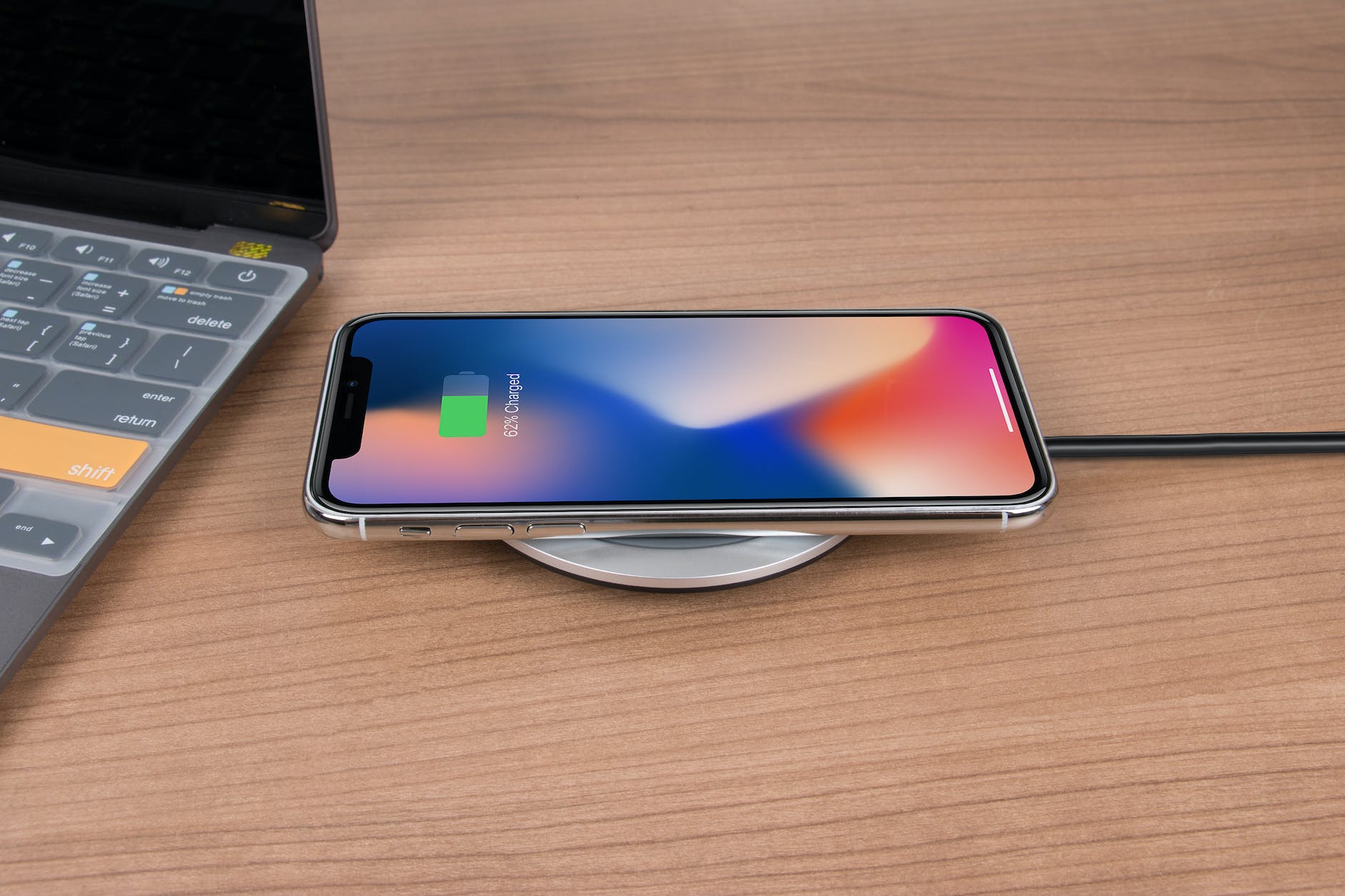Inductive charging has been around for many years. Originally it had been used in such applications as electric toothbrushes and products needing charging which should not use replaceable batteries such as implanted medical devices. Years ago inductive charging was highly inefficient. In many ways inductive charging still is inefficient but it has seen improvements over the past five or so years.
The main reason for the energy transfer inefficiency is that the longer the distance the more electric charge is lost through the air. This electric charge that flows through the air does not hurt humans. Instead what happens is the electric charge is converted into magnetism transferring to a secondary coil, which resonates at the same frequency as the first coil. The secondary coil charges the battery eliminating external plugs. Electric coils emitting magnetic pulses along with the frequency and distance become a huge factor in the amount of electricity sent to the secondary coil. This also corresponds with the size of the mechanism absorbing the magnetism which is recovering electricity from the transmission.
The main goal of inductive charging is to be able to transmit power wirelessly to any electrical type device with a receiver coil such as computers and cell phones. Currently, the best technology we have for charging long distances is an inductive charger created by Haier which can transmit power from a 3-foot wide coil to power a single LCD television. This new prototype technology allows power transmission up to 19 feet.
Another type of technology that you can buy is the Energizer Inductive Charging Pad made by the Energizer Battery Company. This inductive charger isn’t capable of long-distance technology but was created by Energizer to charge cell phones and mobile devices. Energizer’s Inductive Charging Platform allows for two devices to recharge at one time. Energizer’s Inductive Charger uses a new universal format for inductive charging called Qi (pronounced as “Chi”). This universal format is created so that someday a network using magnetic frequency wireless charging, could charge items such as a cell phone or computer, anywhere without having different inductive chargers. The goal is to produce a long-distance universal power adapter.
